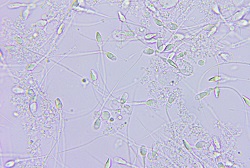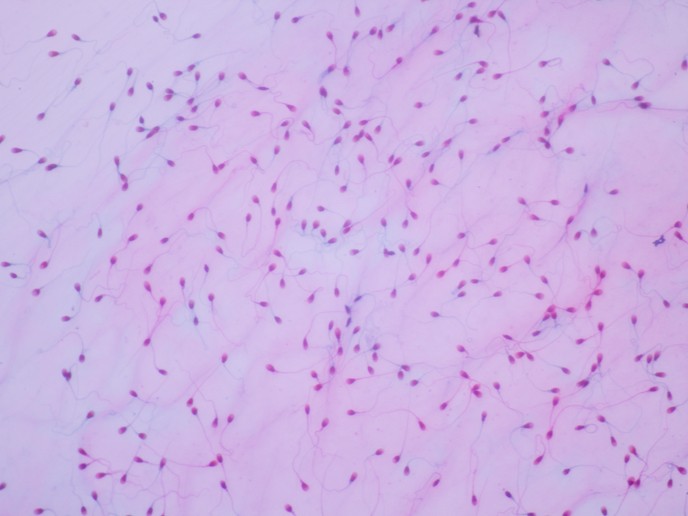Chemical testing to protect female reproductive health
Endocrine-disrupting chemicals (EDCs) are chemicals that under certain conditions can impact the hormonal system of humans and animals. They can be found in many everyday products, including cosmetics, food and beverage packaging, as well as certain pesticides. While these chemicals cannot be completely avoided or removed, limiting exposure where possible has become a key regulatory objective. “Chemicals in the EU are evaluated for safety,” explains FREIA project coordinator Majorie van Duursen from Vrije Universiteit (VU) Amsterdam in the Netherlands. “One of the characteristics looked for is endocrine-disrupting potential. However, scientists recently concluded that current testing methods are lacking, when it comes to evaluating the effects of EDCs on female reproductive systems.”
Addressing gaps in female reproductive system understanding
This is how FREIA came about. The project had three key objectives, the first being to address some of the key gaps in our current understanding of the female reproductive system. “Analysis of human tissue, ranging from young foetuses to the ovaries of women undergoing fertility treatment, enabled us to generate a lot of new insights,” says van Duursen. “We were able to find commonalities across different life stages, but crucially, we also identified some key differences. For example, while an ovary makes eggs after puberty, hormones begin to be produced much earlier.” The project was able to show how the biology of the ovary is different at various stages of development. It also underlined the importance of the connection between the brain and the ovary. “If you want to investigate the impact of EDCs on female reproduction, you cannot neglect the brain,” adds van Duursen. A number of scientific papers have been published, highlighting many of the project’s research findings.
Testing effect of EDCs on female reproductive health
A second key aim was to identify ways of making existing test methods better, to more accurately identify endocrine chemicals that might impact female reproduction at various life stages. From the fundamental research, several potential new targets were identified. Computer modelling was also employed. Some of these tools are at the proof-of-concept stage, while some are moving towards global acceptance. “We still need to fully validate these approaches,” notes van Duursen. “A key lesson from this project has been the need to streamline the pipeline from scientific research to regulatory application – the current validation process takes a long time.”
Recommendations to limit EDC exposure
A third key objective of the project was to raise awareness of EDCs among women and society in general. “What we found during this project was that many people are still not aware of EDCs,” says van Duursen. “Citizens expect their healthcare professionals to provide them with information and advice, but many of these professionals don’t always feel well enough equipped to give this advice.” To address this, the project has come up with easy-to-follow recommendations to help women limit their contact with EDCs. This includes simple advice such as washing hands regularly, washing new clothes before wearing them and not heating food in the microwave in plastic containers. “Overall, we feel that this has been a successful project,” remarks van Duursen. “We have generated knowledge, shown how testing methods can be improved, and hopefully helped to raise societal awareness.” The EU-funded MERLON project, which has just been launched, will carry on this valuable work, using FREIA’s scientific breakthroughs and identified pathways to better capture EDCs.
Keywords
FREIA, chemical, reproductive health, endocrine-disrupting chemical, EDC, hormones, puberty







